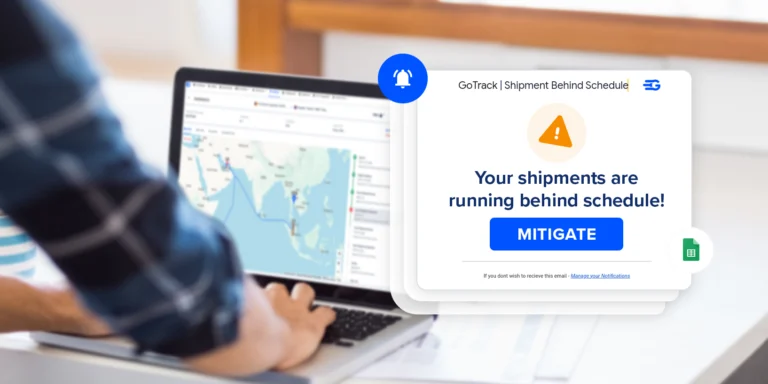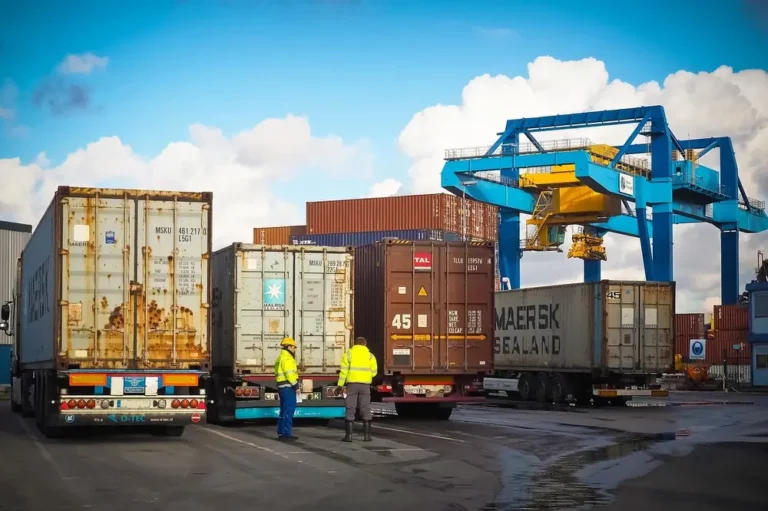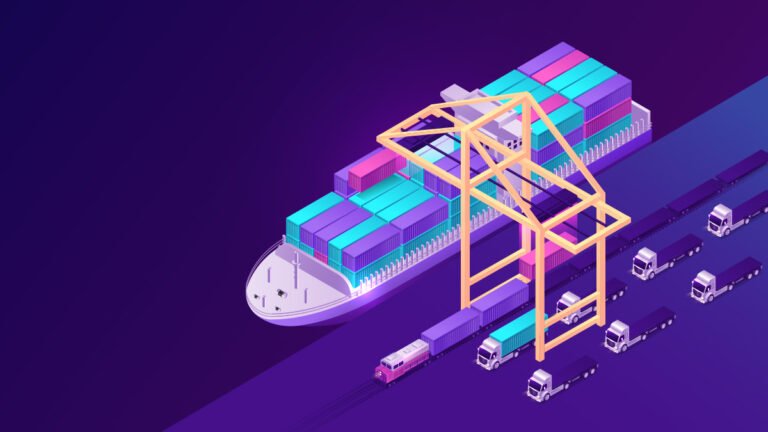What are the Major KPIs of a Transportation Management System? – GoComet
In the modern-day transportation and logistics industry, nothing matters more than driving cost savings and optimising the time spent on each shipment. As customers increasingly demand faster deliveries at reduced rates, you as a shipper must adopt tools that make it possible for you to do well, while keeping your customers happy.
Using a Transportation Management System can be of great benefit in this case. It can help you streamline your procurement process, make data-driven decisions, provide transparency over supply chain management and help you reduce costs.
However, identifying the loopholes in your system or ensuring that the TMS that you have adopted genuinely benefits your company, can be quite challenging. But if you figure out what critical KPIs of your TMS need to be tracked to measure the value it provides, then you can leverage the system to the fullest.
Here’s a list of some logistics related metrics that you can track to evaluate the performance of your Transportation Management System (TMS):
- Revenue generated through specific units:
Each shipment generates a certain amount of revenue. This revenue can be further broken down to figure out if any additional, unnecessary costs were incurred. If yes, then the reasons behind those unnecessary costs can be traced to avoid such losses in the future.
- Transportation time
Delays in transit time can be measured by comparing the initially planned shipping time to the actual delivery time for each shipment. Over and above all the unforeseen delays, if you find that most of your shipments are on time owing to meticulous planning on your TMS, then naturally it’s safe to assume that your system is enabling process efficiency.
- TMS cost per unit
TMS cost per unit refers to the cost of the system for a stipulated period divided by the total number of shipments in that period. You can use this KPI to measure the value your TMS has added to your cost per shipment. Lesser the cost per shipment, more the value added by your TMS.
- TMS cost vs cost involved in shipping before the adoption of TMS
In this case, you can consider TMS cost per unit and compare it to the cost that was involved in shipping goods before the system was adopted; that is the cost associated with negotiating rates via email or calls, manual invoice reconciliation, etc. You can derive these data points from past indicators of per-unit shipping costs.
- Improvements in reporting capabilities
Through this KPI, you can try to identify whether reporting capabilities have improved after the adoption of your TMS. You can compare the time taken to generate various supply chain-related reports by the TMS, the accuracy and usefulness of these reports to the management as against the reports that were generated manually before adopting the TMS.
- Usage of the system for managing shipments
This KPI seeks to measure the extent to which your system is being used. By considering the number of shipments that are managed using the system you can get a clear idea of company use of the system for shipment management as against non-system use. The ideal goal is to extend the use of the system to all your shipments.
Enhance shipping with an efficient TMS
A good Transportation Management System facilitates efficiency in procurement and shipping by assisting you in making the best decisions possible. By understanding the KPIs associated with your TMS, you can improve the usage of your system and learn to relate it to your freight spend as well. Above all, by leveraging the system at hand in the best way possible, you can drive significant cost savings and process efficiencies.
If you haven’t adopted a TMS yet, reach out to us here today to learn more about how GoComet’s innovative supply chain software can help you streamline your supply chain.






